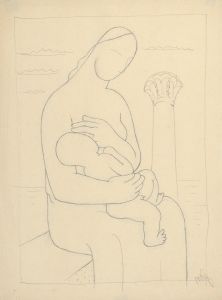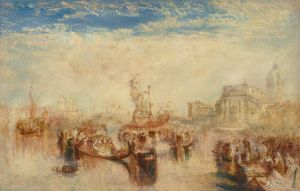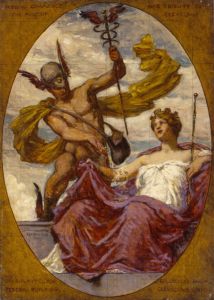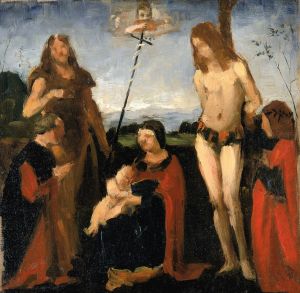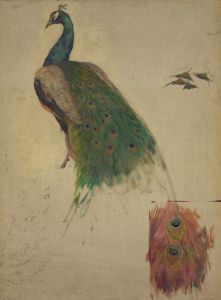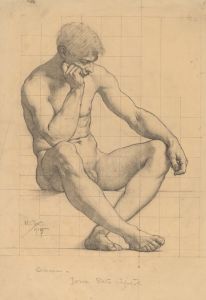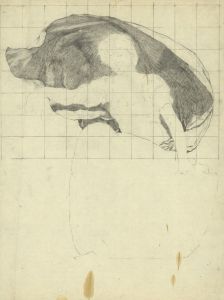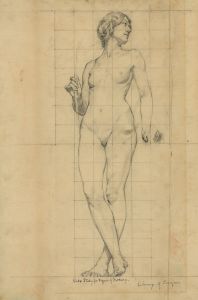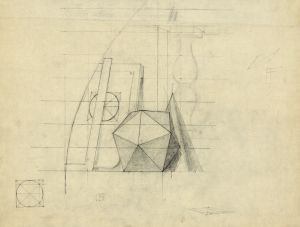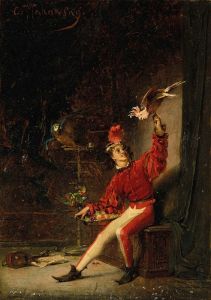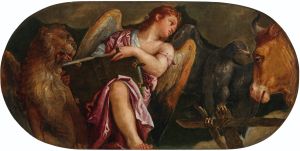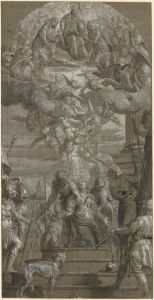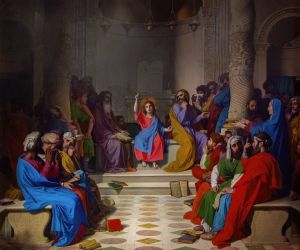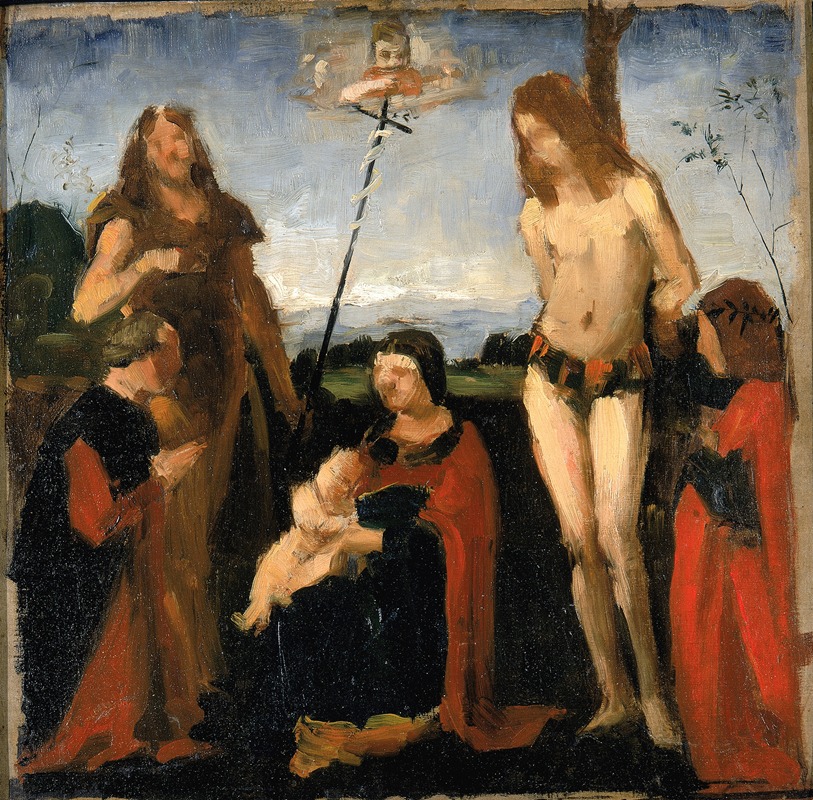
After Boltraffio, ‘Sacra Conversazione’
A hand-painted replica of Kenyon Cox’s masterpiece After Boltraffio, ‘Sacra Conversazione’, meticulously crafted by professional artists to capture the true essence of the original. Each piece is created with museum-quality canvas and rare mineral pigments, carefully painted by experienced artists with delicate brushstrokes and rich, layered colors to perfectly recreate the texture of the original artwork. Unlike machine-printed reproductions, this hand-painted version brings the painting to life, infused with the artist’s emotions and skill in every stroke. Whether for personal collection or home decoration, it instantly elevates the artistic atmosphere of any space.
Kenyon Cox (1856-1919) was an American painter, illustrator, muralist, and art critic, known for his academic style and contributions to American art in the late 19th and early 20th centuries. One of his notable works is "After Boltraffio, ‘Sacra Conversazione’," which reflects his deep appreciation for the Italian Renaissance and his skill in adapting classical themes to his own artistic vision.
"After Boltraffio, ‘Sacra Conversazione’" is a painting by Kenyon Cox that pays homage to the Italian Renaissance artist Giovanni Antonio Boltraffio (1467-1516). Boltraffio was a pupil of Leonardo da Vinci and is known for his religious compositions and portraits. The term "Sacra Conversazione," which translates to "Holy Conversation," refers to a genre of painting that depicts the Virgin Mary and Child Jesus surrounded by saints in a unified space, engaging in a serene and contemplative interaction.
Cox's painting is an interpretation of this traditional theme, inspired by Boltraffio's style and composition. While the exact details of Cox's version are not widely documented, it is known that he often drew inspiration from Renaissance art, which he studied extensively during his time in Europe. Cox's work typically features a harmonious balance of figures, careful attention to detail, and a reverence for classical forms and techniques.
Kenyon Cox was a prominent figure in the American art scene, advocating for the values of academic art and the importance of classical training. He studied at the Pennsylvania Academy of the Fine Arts and later at the École des Beaux-Arts in Paris, where he was influenced by the teachings of Jean-Léon Gérôme. Cox's time in Europe allowed him to immerse himself in the works of the Old Masters, which profoundly impacted his artistic development.
Throughout his career, Cox produced numerous paintings, murals, and illustrations, many of which were commissioned for public buildings and institutions. His murals can be found in the Library of Congress, the Wisconsin State Capitol, and other significant locations. In addition to his artistic work, Cox was a respected art critic and writer, contributing essays and reviews to various publications.
"After Boltraffio, ‘Sacra Conversazione’" exemplifies Cox's dedication to the principles of beauty, harmony, and classical art. By referencing Boltraffio, Cox not only pays tribute to the Renaissance master but also reinforces the continuity of artistic tradition and the enduring relevance of classical themes in modern art.
Kenyon Cox's legacy is marked by his commitment to academic art and his influence on American art education. He was a founding member of the Society of American Artists and served as a professor at the Art Students League of New York. His writings and teachings helped shape the direction of American art in the early 20th century, promoting a return to classical ideals and rigorous artistic training.
In summary, "After Boltraffio, ‘Sacra Conversazione’" by Kenyon Cox is a testament to the artist's admiration for Renaissance art and his ability to reinterpret classical themes through his own artistic lens. Cox's work continues to be celebrated for its technical skill, aesthetic beauty, and contribution to the American art tradition.





